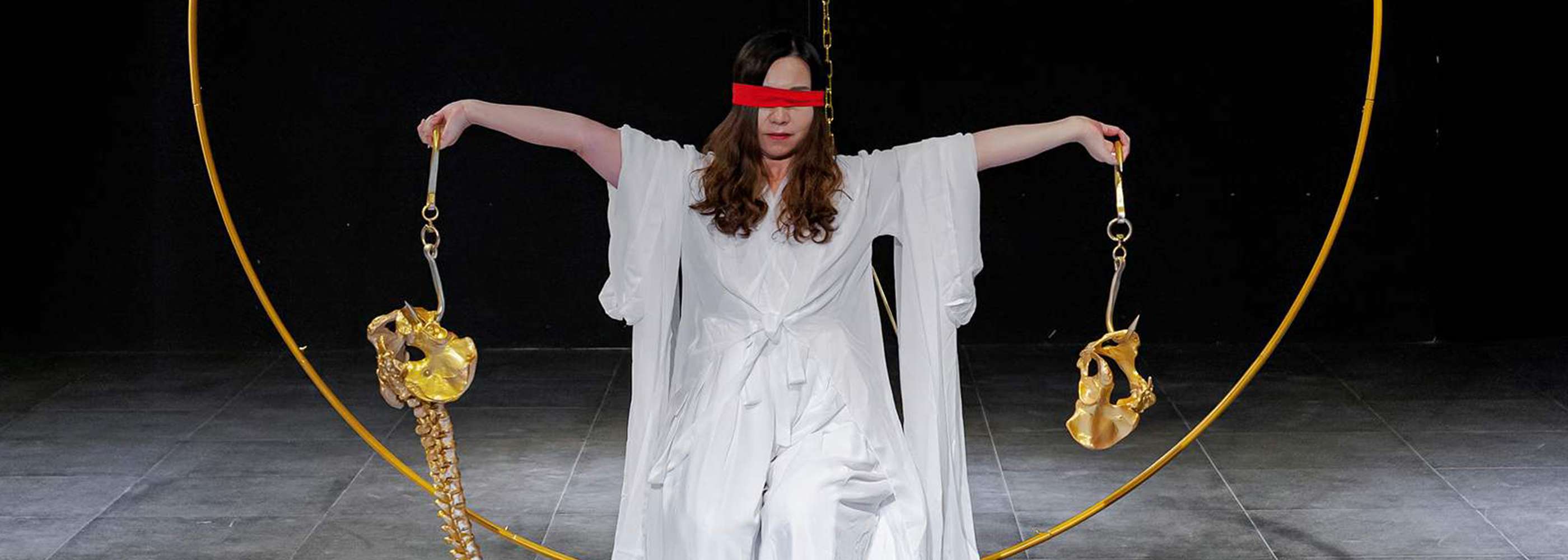

In ancient Greek mythology, humanity underwent various stages—Golden Age, Silver Age, Bronze Age, and so on. Each successive stage represented a decline in purity and virtue. Humanity fell from the Golden Age to the Silver Age and then to the Bronze Age. Entering the Iron Age, human society became engulfed in materialistic desires. Many forgot morality and truth, becoming deceitful, violent, and criminal. They used metallurgical technology to forge weapons and wage wars, plunging the mortal world into turmoil.
Despite this, the goddess of justice, Themis, retained hope for humanity. She sought to restore humanity's true essence, advising people to be kind. However, her efforts were in vain, as people were deeply entrenched in corruption. Themis then took up the scales of justice to discern right from wrong and truth from falsehood, marking the origin of the constellation Libra.
An alternative story about Libra involves a contest between Themis and Poseidon. Poseidon believed humanity was beyond redemption, while Themis believed in their potential for change. They argued and sought the judgment of the gods. Hera, the queen of the gods, suggested a competition: whoever could make humanity feel more peace would win, and the loser would apologize. The gods temporarily brought some human consciousness to the heavens to experience the actions of Poseidon and Themis. They used a golden scale to measure the human consciousness, with greater peace resulting in a heavier weight. Poseidon first conjured crystal-clear water, evoking purity and coolness. Themis transformed into a large olive tree with emerald-green leaves. The presence of the olive tree evoked a stronger sense of peace. Consequently, the golden scale tipped in favor of Themis, and Poseidon lost the competition. Zeus then placed the golden scale in the night sky, and its image became the constellation Libra.
In this performance, I arranged the scene with a golden circular ring and sat on a golden geometric chair in front of it. Flanking me were golden human spines, pelvic bones, and brains, along with heavy iron chains and hooks. I covered my eyes with a red cloth, lifting the iron chains and human bones with each hand, transforming my body into a scale. I supported the heavy weights on each side until my strength waned and my hands sank under gravity. After weighing the bones and chains, I turned to the back of the circular ring, where a large golden heart was placed on one end of the balance and a golden iron chain on the other. I wrapped the iron chain around my neck, tightening it coil by coil, and tilted my body to pull the scale with my neck. As the golden heart on the scale rose, the iron chain tightened around my neck, causing suffocation. This continued until the heart was suspended in mid-air, and my body lay prostrate on the ground.
The heart on the scale metaphorically references ancient Egypt, where a heart was weighed against the feather of Ma'at in the afterlife. Ma'at, the goddess of truth and justice, judged whether the deceased had lived virtuously. A heart lighter than Ma'at's feather meant eternal life; a heavier heart was devoured by the monster Ammit. In this performance, measuring the heart symbolizes the assessment of good and evil and social justice. The iron chain around my neck also represents a measure of social justice, incorporating the concept of the iron chain event.